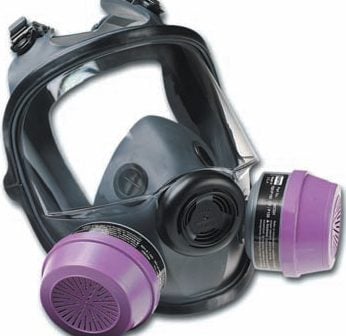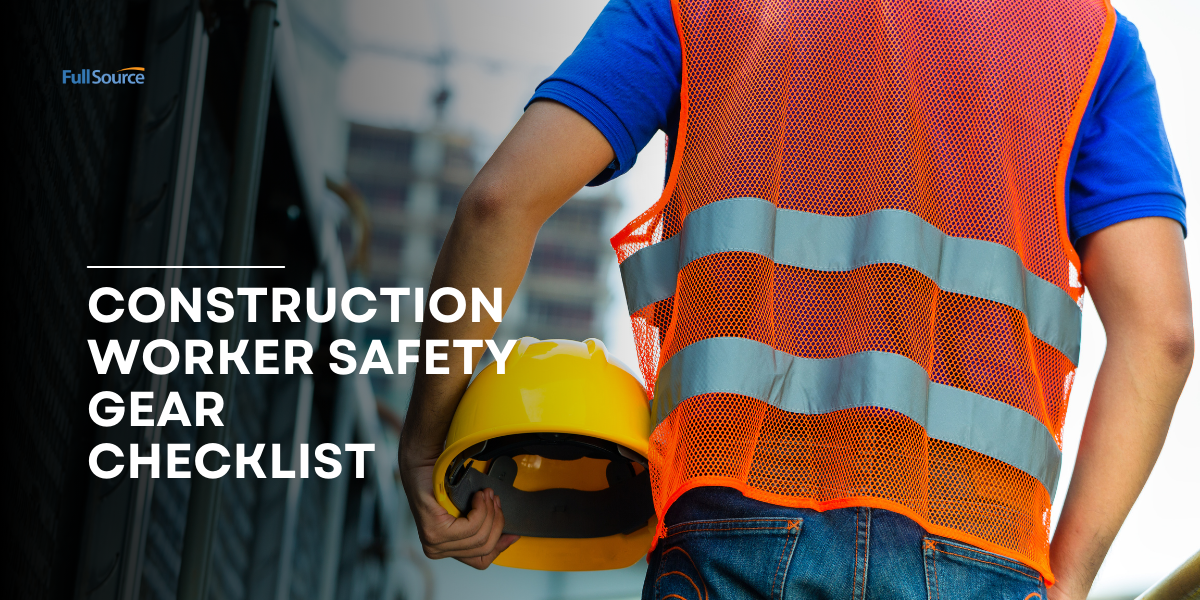Choosing the Right Respirator Mask
If you’re working at a job that requires a respirator mask, you have a variety of options to choose from.
There are four most commonly used types of respirators:
- Filtering Face pieces
- Half Face Masks
- Full Face Masks
- SCBA
Consider what type of environment you will be working in, along with the possible contaminants you may be working around.
The concentration level of these contaminants is also important. If the contaminant level is below PEL (Permissible Exposure Level) you can choose to allow voluntary use of respirators such as filtering face pieces. The PEL is basically the maximum amount of a contaminant that a worker should breathe in one day. If the worker is exposed to more than the PEL, a respirator is required.
Filtering face pieces are typically the least expensive respirators. These filters are for air particulate filtering, and can sometimes be used in voluntary respirator environments. These masks should be fitted properly to the wearer’s face, with the nose-piece pinched to fit snugly.
The first type of filtering mask is the Comfort Mask. These masks are for nuisance levels of dust when concentrations are below PEL.
In addition, N95 Disposable Masks are NIOSH approved for non-oil environments. They provide basic protection from dust, mists, and fumes. Some disposable masks have exhalation valves, to allow exhaled air to escape from the mask. If you will be working in an oil-based environment, you can wear P95 Disposable Masks. These masks are lightweight, comfortable and economical when low-level protection is needed.
In conclusion, even when supplying disposable masks as a voluntary option for workers, employers must supply all workers with a copy of Appendix D from the OSHA Standard on Respiratory Protection. Check our site to learn more about the other common types of respirators.





